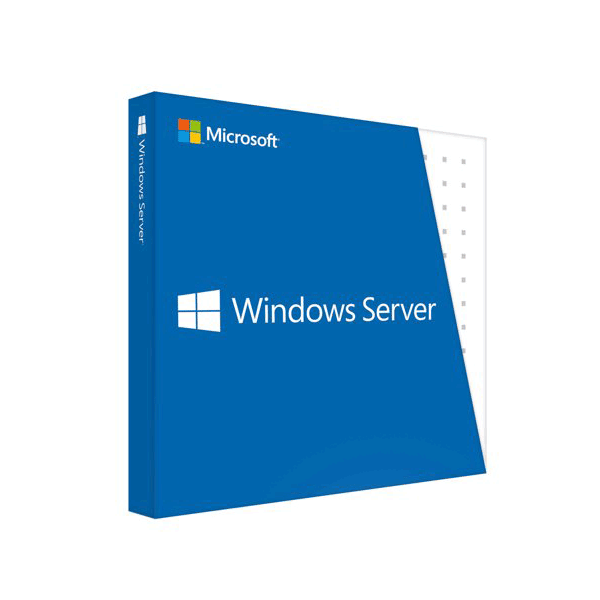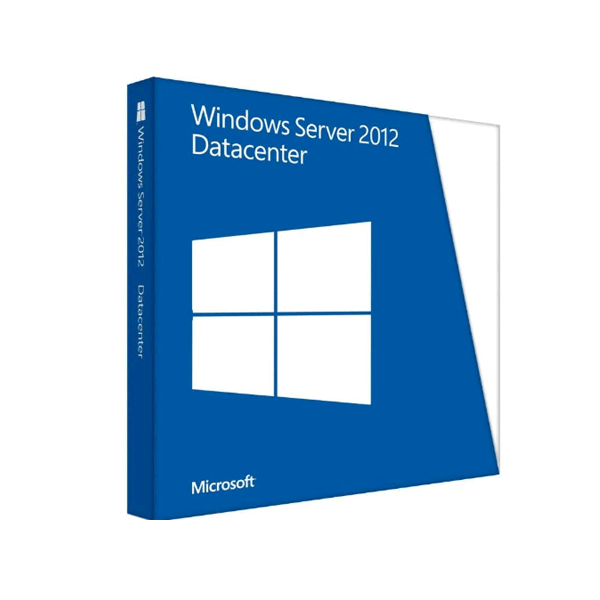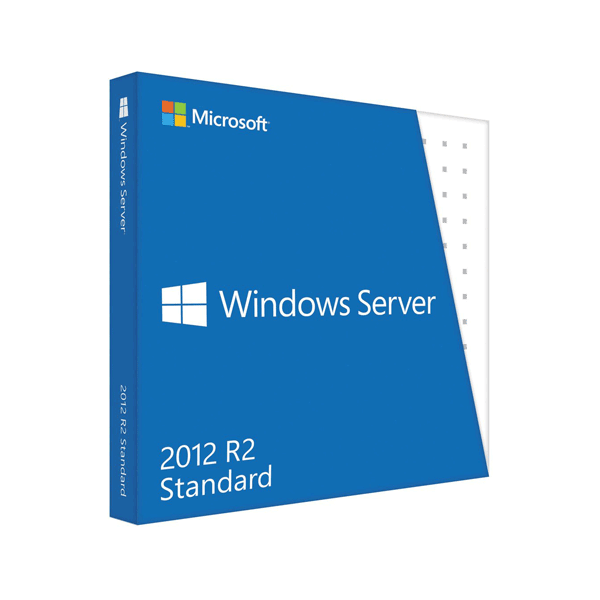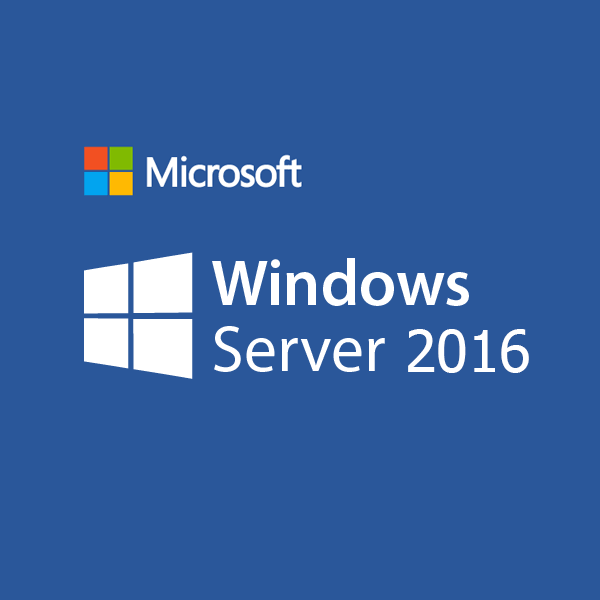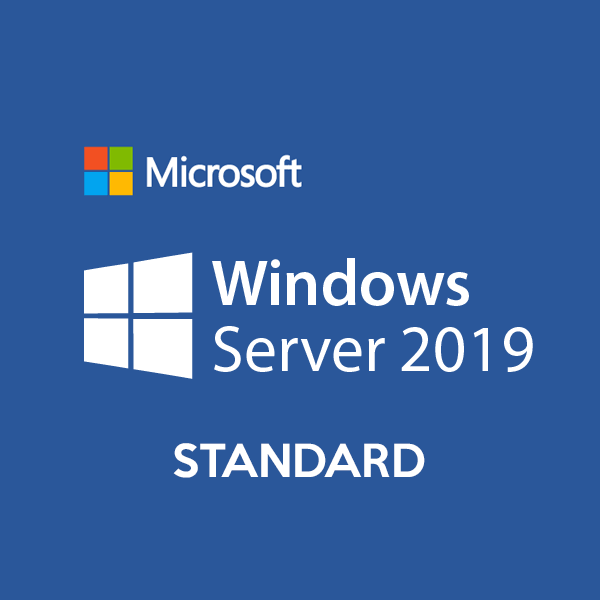For regular computer users, we are used to Microsoft’s Windows operating system. We constantly receive updates, and we know the benefits we get from using their latest software. But there is more to Microsoft’s Windows operating system.
Microsoft has another OS, but with its own server line. Windows Server, the first version released in 1993, is not often used for personal use. However, Microsoft once released a server intended for home use, Windows Home Server, yet is already discontinued.
Instead, this latest server of Microsoft is more secure and built for businesses of any size.
So, if you haven’t heard of this Microsoft product, here, we dedicate short but informative content about it.
What is Microsoft Windows Server?
We are all aware of the built-in operating system we get from most laptops and computers. But when it comes to Microsoft Windows Server, we have little knowledge about it. Or, some may have interchanged it with Windows OS. So, what is Microsoft Windows Server?
It’s a Windows operating system that runs along with a server. A server is a hardware device that accepts any request the client or user makes on their network, such as retrieving data or storing information.
That is why we do not encounter Microsoft’s server versions, as they are for handling business data and other needs. For regular users, the Windows operating system is enough to store and manage their day-to-day needs.
What is the Difference Between Windows Operating System and Windows Server?
At first glance, both operating systems look similar. You can’t see the difference. They have the same desktop, start button, task view button, and you can both install an internet browser and Microsoft Office suite.
But the similarities stop there! When you explore further, the features of both operating systems are different, and you recognize why one is for business use while the other is for personal use.
Memory
When it comes to memory or RAM, there is a big difference between the two operating systems. Of course, Microsoft Server would have a higher memory limit than the regular Windows OS, even when using the Enterprise version.
Here are some samples of Windows 10 and Servers and their memory limit:
- Home 32-bit (4 GB)
- Pro 32-bit (4 GB)
- Pro for Workstation 64-bit (6 TB)
- Server 2019 Essentials (64 GB)
- Server 2019 Datacenter (24 TB)
- Standard Server 2019 (24 TB)
Comparing a few samples, you can see that Windows Server products have a higher maximum memory usage than non-commercial Windows. That is why server versions are for businesses to store large amounts and sizes of data.
Hardware
Windows Servers are often used by large companies. Meanwhile, the Windows operating system’s end-users are home-based, so the built-in hardware is limited. Servers have robust hardware that can have RAM that’s up to 24 TB to handle multiple users and computers, secure data, and manage various virtual machines.
Even the processor and cores of the Server and the regular operating system made a big difference. Servers can support up to 64 physical processors, whereas home-based operating systems can only support two.
The closest Windows OS to the Server’s hardware is Windows 10 Pro for Workstation.
Network Connection
When it comes to network connection, Windows Server can handle up to 65536 connections, as long as the hardware has enough space and capacity. Meanwhile, a regular OS can only handle a maximum of 20 connections.
Microsoft Store and Other Apps
When it comes to sourcing applications and other extra features like Microsoft Store or Edge, the Windows desktop includes them on its system. The Windows Server excludes these features. Instead, it uses Internet Explorer, but it can’t be used for web browsing. However, it supports the use of Google Chrome. All you need is to do is put exceptions on all Google URLs.
With Windows Server, users can have the freedom to disable updates using group policy completely.
The Servers are more locked down and more restrictive than regular Windows, as it works to protect organizations’ servers from being compromised.
Updates
Windows for Desktop gets the upper hand over Windows Server. It gets updates faster and more frequently than the latter. And, it also includes a Timeline, which is not available on Windows Server. Windows Timeline is a feature unique to Windows for Desktop. It shows a record of activities performed on a Windows PC.
Cost
Windows Server is more expensive than regular Windows. The pricing of Windows Server varies on the number of people who access the server and the need to include Client Access Licenses (CALs) for legal access to the service. For example, the Windows Server 2012 price Standard edition differs from the Datacenter.
In addition, the Windows Server can support both physical onsite and virtual servers for hardware support.
Unlike the consumer-based Windows, whether you choose to get the latest Windows OS, Windows 10, or want to use Windows 8, you can buy different licenses that are cheaper than the business-based Windows.
Server Software
Server software manages and operates computing servers that utilize high-end computing services and functions.
It is common for Server OS to have server software to access specific features, remote machines, create static IP addresses for client machines, and create domains.
With the ability to control their own server, users can use features to support fast file sharing and a Resilient File System. The fast file sharing and Resilient File System are also present in Windows 10 Pro for Workstation license.
It is best for businesses to distribute tasks across organizations or machines.
Businesses Use the Following Servers/Roles:
- Active Directory Domain Services: It gives admins the ability to control all data, users, and account authentication. It is known to be the domain controller as it takes charge and serves as the core function in Active Directory.
- Print Services: It allows IT staff to configure and manage multiple printers across the whole organization without the need to work on them individually.
- Windows Updates: Take control of updates for a specific server instead of updating them individually.
- Dynamic Host Configuration (DHCP): Allows the IT staff to assign a specific IP address for devices in the organization.
Organizations have more than the services above, and these services or roles are split into different serves across multiple devices in the organization.
What Does Windows Server Do?
Windows Server handles administrative activities of the entire network. It takes control of storage, recovery, sending files, accounts, and so on throughout the connected networks. Furthermore, it has inter-organization messaging, hosting, and databases.
That’s why Windows Server is for large organizations and businesses. It manages all the needs of an enterprise, including its remote machines.
Different Types of Windows Server
The first OS server made by Microsoft was known as Windows NT server, but eventually, it changed to Windows Server.
Most of the Windows Server editions have been discontinued and replaced by updated versions with the best features that organizations will benefit from.
Active Versions
-
Windows Server 2012
It is dubbed as the Cloud OS, as Microsoft is trying to shift from on-site to off-site services. The Hyper-V virtualization feature in the 2008 version was updated and included releases such as Hyper-V virtual switch, Hyper-V Replica, Storage Spaces, and ReFS file system. It changed the default installation to Server Core and requires PowerShell for administrator access.
There are four editions of the 2012 version: Foundation, Essentials, Standard, and Datacenter. The latter permits an unlimited number of virtual machines.
-
Windows Server 2012 R2
The 2012 R2 edition introduced in 2013 includes better features than its predecessor. It has updates on virtualization, storage, networking, and security. Replication of distributed files and file-sharing has improved. Mobile devices work with server software, and power-based Desired State Configuration is to prevent configuration drift and maintain consistency on all machines.
-
Windows Server 2016
It comes with a lightweight, minimal server that experiences fewer attacks. Another security improvement in the 2016 version is the new Hyper-V Shield VM, which prevents access to the data secured in a VM by encrypting its content.
Administrators can now find it easy to access physical and virtual networks with a single console called Network Controller.
Windows Server 2016 has two editions: Standard and Datacenter, which have different features. The Datacenter has features of virtualization, storage, and networking.
-
Windows Server 2019
It was released in 2018 and is the latest of the Windows Servers.
The latest update includes the following features:
- Windows Admin Center: It works in parallel with the Remote Server Administration Tool (RSAT) for better control of connected hardware, admins, and users. The latest addition works as a console for admins to manage the server. It is accessible through the browser, either remotely or by controlling connected hardware.
- System Insight: Analyzes resource requirements and informs in advance if capacity is almost full.
- Azure Connection: It brings Windows Server OS closer to the cloud. The Azure Network Adapter connects a local server to a cloud computing platform. Furthermore, Azure will establish a secure VPN connection with little effort for configuration. Other Azure products included are Azure Backup, Azure Update Management, and Azure Site Recovery.
- Integration of Linux: Users can now use Linux programs and applications as the 2019 version makes it possible for Linux containers to run in Windows.
- Windows Defender Advanced Threat Protection: A strong and effective security system created by Microsoft to monitor malware and stop them from implementing its intended purposes. Furthermore, it detects zero-day threats and rootkit attacks.
- Shielded VMs: Secure virtual machines for additional security when working on sensitive tasks.
- Encrypted data transfer between virtual machines.
- Improved speed and stability while moving and storing files.
- Four petabytes per cluster scalability.
- Storage replica: Also available in Standard edition.
There are other Windows Server OSs. However, Microsoft has discontinued its support. They focus on improving their latest 2019 server. Microsoft announced that later this year, they are going to release their Windows Server 2022 version. It includes features on the 2019 version and a more secure environment for users. They even offer a free Windows Server download to preview the upcoming version. You can read more about the 2022 version here.
Is Windows Server Free?
Microsoft doesn’t have a free version of their Servers. But you can try their products since they offer a free trial.
Their Server 2019 version has a 180-day trial period.
Windows Server can be purchased from Microsoft’s online store or from reputable retailers such as Softvire Global (Get 20% off today!).
Conclusion
Windows Server is a highly secured environment with various editions and better hardware made for businesses rather than personal or home use. Enterprises that manage multiple machines and handle thousands of data should look into Microsoft’s Server operating systems. It brings a lot of differences to an organization and grows alongside it.


